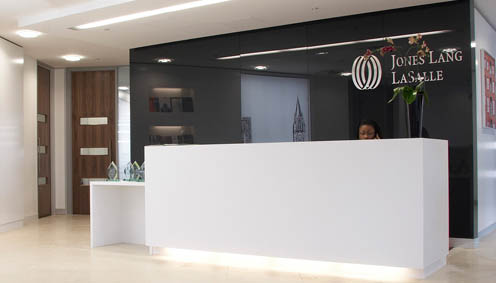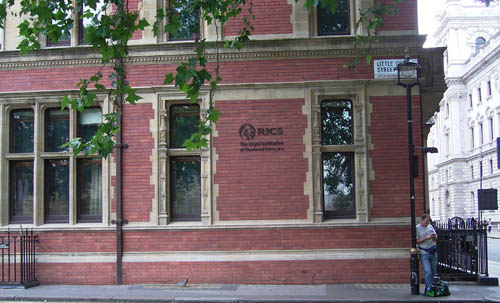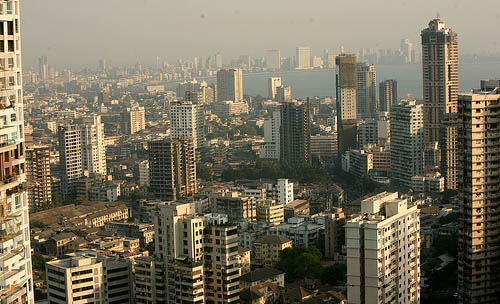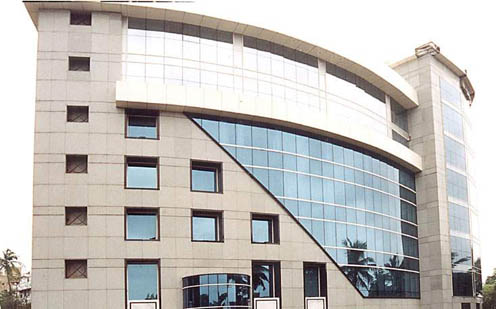
JLL Asia Pacific property digest: Delhi NCR
Leasing activity continued to remain strong in suburban micro-markets of Delhi – NCR, while the CBD and SBD saw moderate activity.

Leasing activity continued to remain strong in suburban micro-markets of Delhi – NCR, while the CBD and SBD saw moderate activity.

Working in the insane hustle and bustle of a metropolis like Mumbai is a unique experience, and it brings with it an opportunity to witness the dynamics of this rapidly urbanizing world.

Jones Lang LaSalle’s second quarter 2011 Global Market Perspective, predicts this year will be the strongest performance and real estate trade volume since the market height of 2007.

Latin America and Asia remain the strongest real estate markets in the world but emerging markets in Europe, particularly Poland, show further improvements, according to the latest Global Commercial Property Survey.

When a property dealer suggested Kartik Shah to set up his office at Navi Mumbai, instead of South Mumbai market, it seemed to be a sound business sense.

After recording significant leasing in 4Q10, Mumbai city witnessed moderate transaction activity in 1Q11 as the major office occupiers of India Inc awaited the impact of budget on their corporate real estate strategy for the next fiscal year.

The period ending 1Q11 witnessed moderate activity in the office market in the city. With CBD vacancy rates continuing to hover at around 1%, office transactions were limited to either small office queries or larger office spaces that were inevitably a churn in the existing stock.

According to the 2010 census, Mumbai now houses around 14 million people, which makes it India’s most populous city and the world’s second-most populous city.

As Central Business Districts (CBD) begin to gradually lose their sheen against alternative locations because of their inability to offer Grade A buildings at competitive rates, retrofitting emerges as a preferred option (as compared with redevelopment) for quality improvement to increase the attractiveness and economic life of existing old buildings.

Mumbai witnessed the highest absorption in the year in 4Q10 which was recorded at 1,328,582 sq ft (123,429 sqm) indicating robust demand. Demand for Grade A office space was broad-based and not restricted to the banking, financial services and insurance (BFSI) sectors, which typically dominate Mumbai’s tenant landscape. Domestic and multinational occupiers from the consulting, aviation, IT/ITES and other industries were active in acquiring front-office and back-office space in 4Q10.
